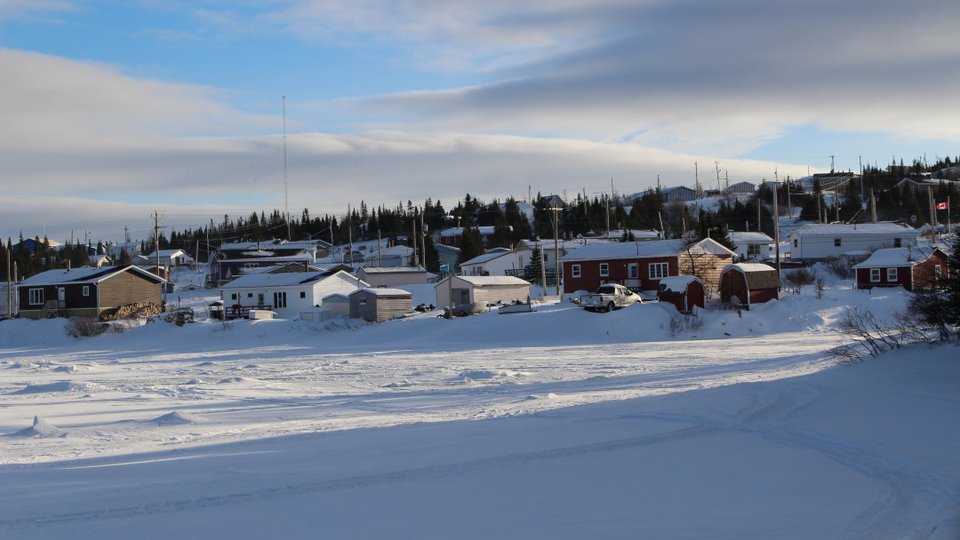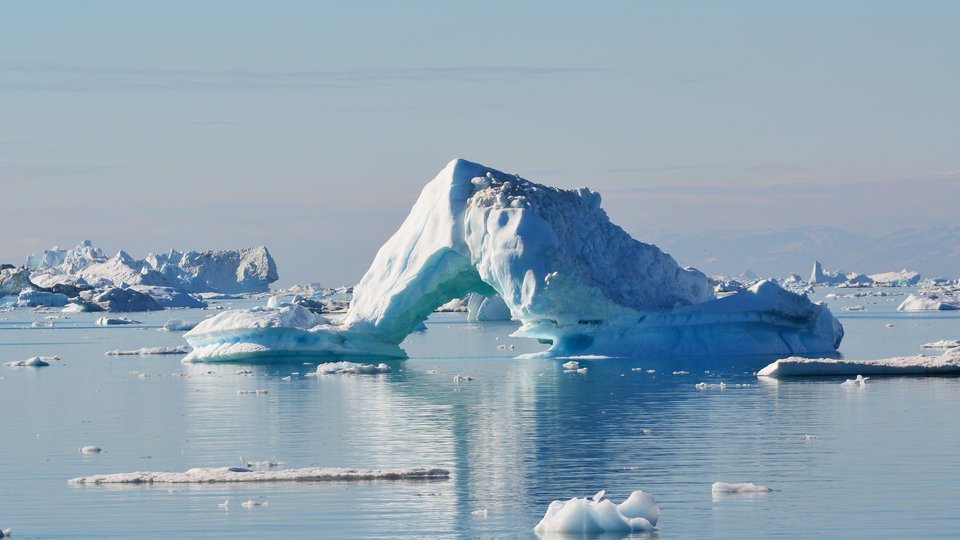
In Cambridge Bay, Nunavut, Kullik Ilihakvik Elementary School is a community hub. Both Northerners and Southerners work side by side collaborating with parents, elders, friends and family to make K to 6 early years education a foundation for students.
8:45 a.m.
“Welcome back!”
Staff greet everyone with smiles and high fives. The hallways are decorated with children’s art and anti-vaping posters drawn in crayon. Students shuffle through the doors, taking their hats off, carrying wet and muddy boots. Support staff, administrators and teachers line the halls creating a safe and welcoming space. Jackets are hung while everyone says good morning and shares stories from the night before.
Students line up against the walls, while teachers take attendance and answer questions, as they come fast and often at this time of day. The energy is high, fuelled by 24-hour sunlight and the curiosity of young growing minds. You hear stories of hunting and fishing, being out on the land. The students teach us each day with tales of family, traditions and the beauty all around us.
Education in Arctic communities have many challenges, just like everywhere else. The ongoing evolution and balance between learning and doing, new ideas and old traditions.
Elders walk the halls. Some set up in a small space to sew. Others use the kitchen to make bannock giving pieces to everyone before recess. They hug, give advice and reinforce expectations with students. The collective knowledge shared from one generation to the next helps make Kullik a true community school.
Every adult in the building understands the importance of education and raising the next generation. The senior students hand out snacks to younger kids, they read to primary grades and look after those still learning how to adjust to working together with everyone. They pitch in to help tie shoelaces, wipe noses and organize the coat rooms.
10:30 a.m.
Outdoor recess sees students starting to take off hats and big mitts as the sun stays higher in the sky, melting away the last of the winter snow. Bare ground is exposed and huge puddles become play areas for those wanting to test the limits of their winter weather gear. You can feel the energy and excitement as spring comes to an end and summer is quickly approaching. There’s a game of Inuit baseball being played in the field. Boys and girls scream with laughter and competitive energy until the bell rings to come back inside.
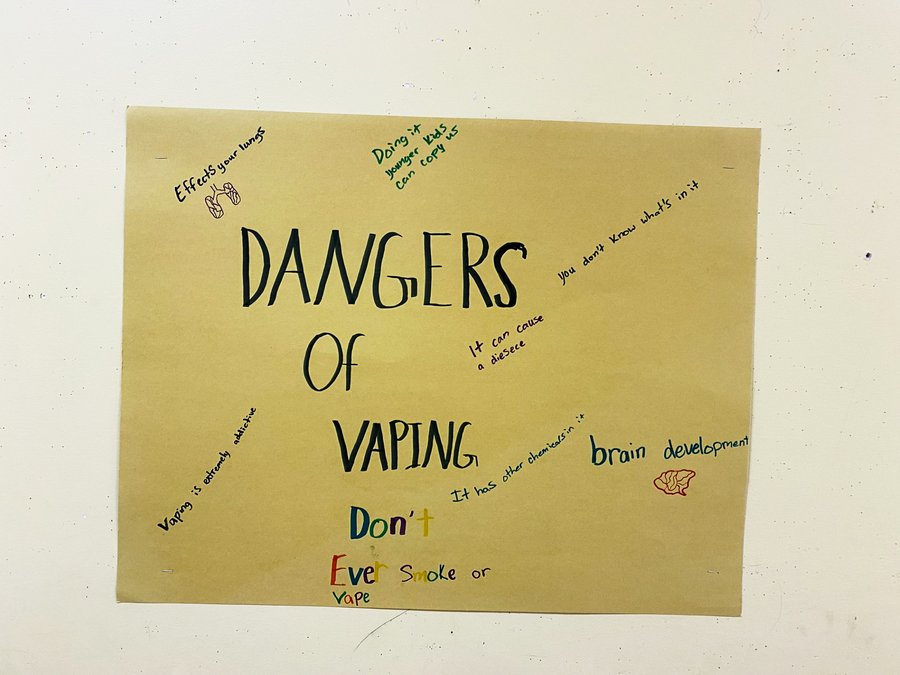
Poster in Kullik Ilihakvik Elementary School. (Photo: Jason Murray)
11:00 a.m.
In classrooms all over the school, students get organized to finish the morning activities. They sit together at tables, helping each other learn by doing. Some wear noise-canceling headphones, others use tablets to show off their work. Everyone gets involved in the lesson set out by the teacher. They all choose their own means to understand and communicate their learning.
“Can I help?” Says one student to another. This approach reflects the view of everyone, young and old, sharing their experiences with one another.
Education in Arctic communities have many challenges, just like everywhere else. The ongoing evolution and balance between learning and doing, new ideas and old traditions. Hands-on work helps students stay engaged, putting their knowledge to the test. Creating a link between what they’re learning and how it can be used in a changing landscape is important.
1 p.m.
Students return from lunch, full of ideas and more questions about the world around them. We get a full rundown of what they had for lunch before a team of professionals start their rounds teaching about the benefits of good oral hygiene. Students practice brushing and flossing, learning new skills to add to their toolbox.
A group of students walk to the gym, lacing up basketball shoes. Talk of the NBA and Stanley Cup finals on everyone’s mind. A quick warm-up and a game comes together with a tip-off. Boys and girls running up the court, players trying to get open. Shots ring off the rim and cheers are heard throughout the building for those improving their skills and gaining more confidence.
Water bottles are lined up on a bench, while subs take turns drinking and encouraging their teammates to spread out and find space. This could be any elementary school gym, anywhere in the world. The boom box playing local music, reflecting the life and challenges of most kids this age. A group of kindergarten students line up at the fountain and watch a group of older students compete. A mix of brand name and traditional clothes show the mix of worlds and how they interact.
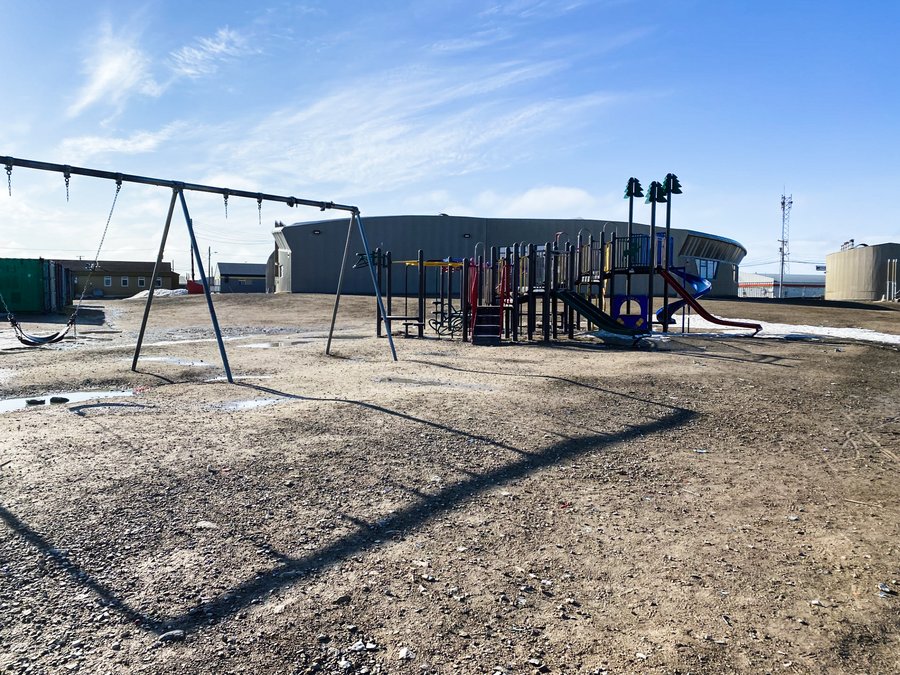
Playground at Kullik Ilihakvik Elementary School. (Photo: Jason Murray)
There’s a simplicity to life where roads lead nowhere. There’s also a danger of feeling isolated from the rest of the world.
2 p.m.
Staff in the school bring a wide variety of experiences and cultures from Canada and around the world. They see the value of having an outside perspective but learn quick the importance of reinforcing how unique it is to live in Cambridge Bay. Laptop carts offer a glimpse into life beyond Nunavut. Most students read about locals who leave and come back to make the territory their own. There’s a simplicity to life where roads lead nowhere. There’s also a danger of feeling isolated from the rest of the world.
Daily announcements over the intercom celebrate birthdays and achievements outside the classroom. The melting ice on the bay has created opportunities for young hunters to learn how things were done in the past. A grade five student celebrates harvesting two seals on the weekend. Pictures and stories teach everyone the value of spending time with family and learning skills from elders.
The new digital age provides new windows to the world. These windows provide opportunities to connect, see what’s out there and what is possible for young men and women in the future. They also make some feel more isolated than ever before. Life is not equal to those where a plane ticket is the only way to see beyond the borders of Cambridge Bay.
Bridging the gap and teaching young people being unique is more important than fitting into a world hell bent on progress and change is tough. Even at this age, students are well aware of the things they don’t have and the challenges of getting something as simple as Timbits, most of us in the rest of the country take for granted.
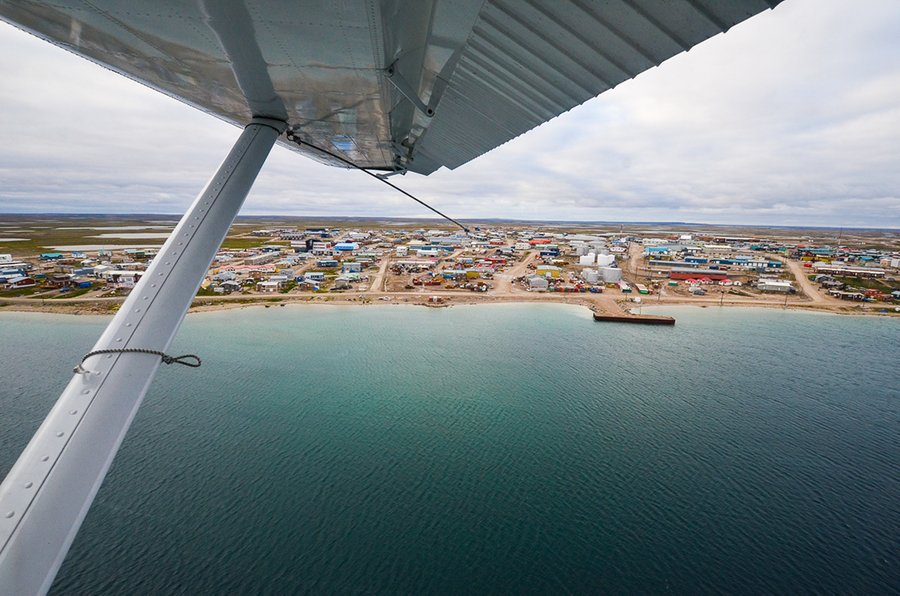
Cambridge Bay is a hamlet located on Victoria Island in the Kitikmeot Region of Nunavut, Canada. (Photo: Kaitlyn Van De Woestyne)
3:35 p.m.
The bell rings and ends school for the day. Talks of birthday parties, playing out and spending time with family and friends rise with the increased daylight and warmer weather. Staff and community provide after school programs ranging from music to sports to game clubs.
Never a dull moment in elementary school. Students in line for the bus holding the day's drawings, math quizzes and notes for parents. Smiles fill the halls as staff line up to say goodbye, for another day. The building is buzzing with families and parents, talking with teachers about weekend plans and soccer tournaments.
“See you all tomorrow.”
Everyone with a passion to share help students explore new avenues for creativity and expression. Drum dancing, welding and drama productions help students get out of their comfort zones. Middle and high school will be their next challenge and a good tool box full of different experiences makes the transition less daunting.
4 p.m.
The cleanup begins with pencils and paper scattered throughout the building. Staff work to prepare for tomorrow and think about how important it is to be teaching the next generation of young people and the challenges they face.
The halls are quiet as the sound of a door slams. One day at a time is the mantra in the North. Meet the students where they are, help them feel better about where they’re going and help them create a plan for the future. The hamlet comes together with everyone filling a role. Another piece of the puzzle guiding young people to a successful future.

